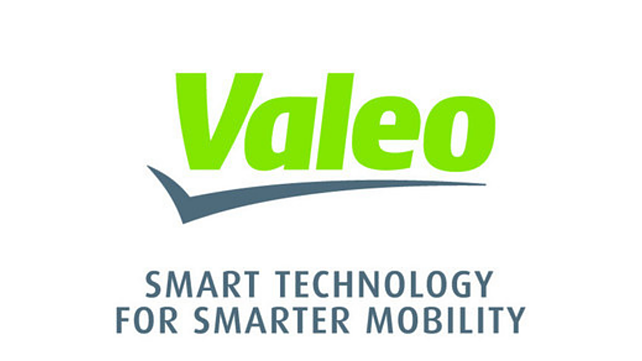
Global leader of advanced driver assistance systems (ADAS), French supplier Valeo presented Tuesday its third generation scanning LiDAR that is set to make its market debut in 2024. The new LiDAR, the company said, makes autonomous mobility a reality and provides previously unseen levels of road safety.
It must be noted that Valeo was the first, and to date remains the only company to produce a scanning LiDAR on an industrial scale. Over 150,000 units of the scanning LiDAR have already been produced and 99% of cars equipped with a scanning LiDAR scanner worldwide are equipped with a Valeo scanning LiDAR, the company said.
In terms of range, resolution and frame rate, the third generation LiDAR delivers unrivalled performance, claims the company. It reconstructs a 3D real-time image of the vehicle's surroundings at a rate of 4.5 mn pixels and 25 frames per second. Compared to the previous generation, the resolution has been increased 12-fold, the range three-fold and the viewing angle 2.5-fold.
Aided by its unique perception capabilities, Valeo’s new LiDAR can see things that humans, cameras and radars cannot. This, the company said, would allow driving to be delegated to the vehicle in many situations (level 2 automation and above), including on the highway at speeds of up to 130 kmph. The third-gen LiDAR can manage emergency situations autonomously even in such situations.
The company further explained that the scanning LiDAR detects, recognises and classifies all objects located around the car in all light conditions. Even when the objects are moving, the LiDAR can measure their speed and direction. Moreover, the LiDAR can measure the density of raindrops to calculate the right braking distance, and even track nearby vehicles when they are no longer in the driver's line of sight. The system uses algorithms to anticipate the nearby vehicles’ trajectories and trigger the necessary safety manoeuvres.
Thanks to these features, the scanning LiDAR protects people inside the car and those around it – pedestrians, cyclists and other road users. Beyond the vehicles it equips, this LiDAR will alert, via the Cloud, other vehicles of road hazards so that the community benefits from its exceptional perception capabilities.
The entire LiDAR system – the hardware, the software and the associated artificial intelligence – has been designed and manufactured by Valeo. Produced in Germany at Valeo's Wemding plant in Bavaria, components are assembled with a micron level of precision. Three hundred engineers at Valeo are dedicated solely to this technology, for which over 500 patents have already been filed.
Progress In Autonomous Driving
By 2030, it is estimated that up to 30% of premium new vehicles will reach level 3 automation, and to do so will need to be equipped with LiDAR technology. At that point, LiDARs would become a must for all cars, autonomous shuttles, robotaxis, delivery droids, autonomous trucks or the agriculture, mining and infrastructure sectors.
The global LiDAR market is expected to represent more than $50 billion by 2030, and Valeo believes its new third generation LiDAR will be a key contributor to this change in scale.
Geoffrey Bouquot, Senior Vice-President, R&D and Strategy, Valeo termed this third generation LiDAR a major technological advance toward the autonomous vehicle. “This upgrade strengthens Valeo's technological and industrial leadership in the field, when it was already the only supplier on the market currently series-producing an automotive-grade LiDAR scanner. Our number one goal with this device remains the same – to save lives on the road.”